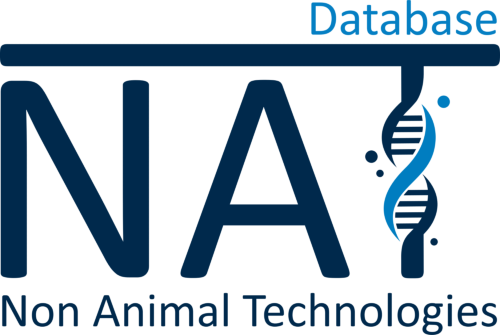Amyloid beta detection with curcumin
2018
VU University Medical Center Alzheimer Center, Amsterdam, Netherlands
Alzheimer's disease is one of the most prevalent neurodegenerative diseases. However, tools to diagnose and control the evolution of the disease are still scarce. Recently, it has been shown that curcumin has amyloid binding and fluorescent properties. Yet, the dynamics of its interactions with Alzheimer's pathological processes are still not well-known. In this study, different forms of curcumin were used to target deposits in post-mortem brain samples of different neurodegenerative diseases patients and they were compared to currently used staining methods. The researchers found that curcumin binds to amyloid-beta aggregations in Alzheimer's disease and cerebral amyloid angiopathy, but not to other protein aggregates in other neuropathologies. Immunohistochemical staining confirmed that curcumin binds to fibrillar amyloid-beta and cored plaques. Overall, it is shown that curcumin and its derivates bind selectively to fibrillar amyloid-beta and, given that curcumin is a food additive, it has a promising potential in being used coupled with imaging techniques in in vivo diagnostics in Alzheimer's disease.
Different curcumin forms selectively bind fibrillar amyloid beta in post mortem Alzheimer’s disease brains: Implications for in-vivo diagnostics
Jurre den Haan
Added on: 08-27-2021
[1] https://actaneurocomms.biomedcentral.com/articles/10.1186/s40478-018-0577-2[2] https://data.jrc.ec.europa.eu/dataset/a8fd26ef-b113-47ab-92ba-fd2be449c7eb





